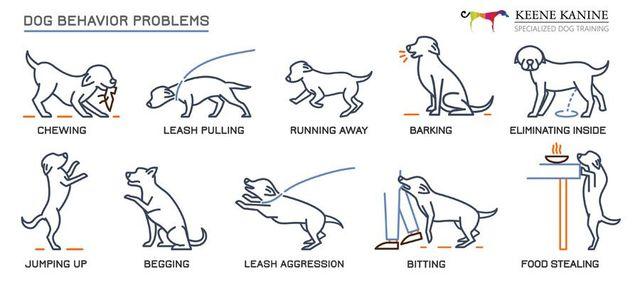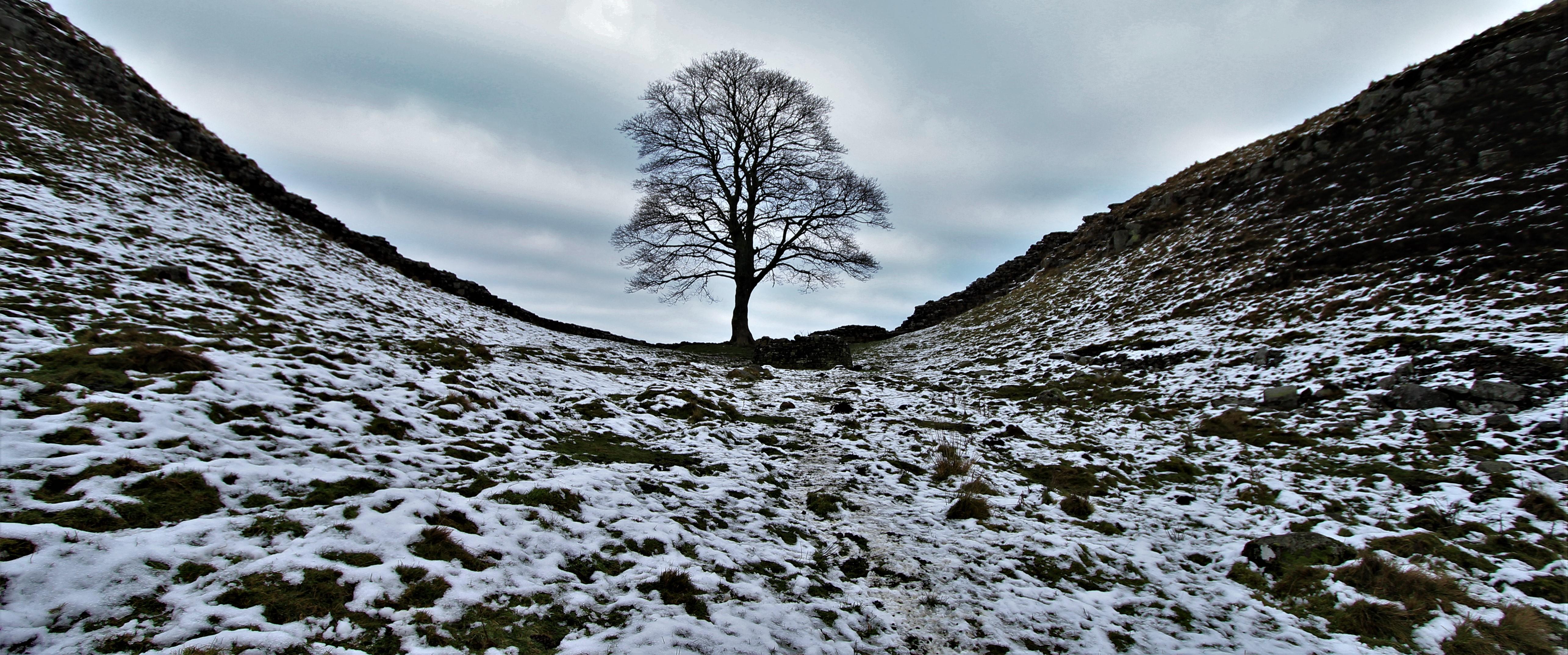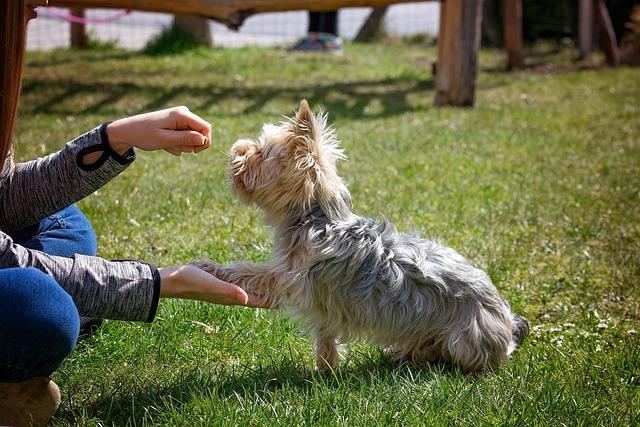Mastering Off-Leash Training for Advanced Pet Owners

Off-leash training is a pinnacle achievement for pet owners seeking to elevate their canine companionship to a higher level of trust and freedom. This advanced skill not only enhances the bond between owner and dog but also provides a more enriching experience for both. Mastering off-leash training requires a deep understanding of canine behavior, consistent communication, and a commitment to patience and persistence. In this guide, we will explore the essential techniques and strategies that advanced pet owners can employ to successfully navigate the challenges of off-leash training. From building a strong foundation of obedience to implementing effective recall commands, this article will equip you with the knowledge and tools necessary to ensure your dog’s safety and enjoyment in an off-leash environment. Whether you’re preparing for a leisurely hike or simply aiming for a more liberated playtime at the park, mastering off-leash training is an invaluable step in your journey as a pet owner.
Understanding Canine Behavior for Effective Off-Leash Training
To achieve success in off-leash training, a deep understanding of your dog’s behavior is crucial. Dogs communicate through a series of body language signals, vocalizations, and actions. By recognizing these cues, owners can better anticipate their dog’s needs and reactions. Key elements to observe include:
- Body Language: Notice the position of their ears, tail, and posture. A relaxed body often indicates comfort and confidence, while tension might suggest anxiety or excitement.
- Vocalizations: Different barks, whines, or growls can signal various emotions such as excitement, fear, or alertness.
- Eye Contact: Direct eye contact can mean confidence or challenge, whereas averting eyes might suggest submission or fear.
Understanding these behavioral nuances allows you to tailor your training approach effectively. Consistency and patience are paramount. By aligning your training methods with your dog’s natural instincts and behaviors, you create a harmonious learning environment that enhances their responsiveness when off-leash.
Creating a Safe and Controlled Environment for Training
Establishing a secure setting is paramount when embarking on the journey of off-leash training. This not only ensures the safety of your pet but also sets the stage for effective learning. Begin by selecting an area that is enclosed or naturally bounded, minimizing the risk of your pet straying too far. Whether it’s a fenced backyard or a quiet, spacious park, the location should offer a balance of freedom and control.
- Familiar Territory: Start training in a place your pet knows well to reduce anxiety and distractions.
- Controlled Entry Points: Ensure gates and entrances are secure to prevent unexpected escapes.
- Minimal Distractions: Choose a time when the area is less populated by other animals and people.
- Safety Gear: Consider using a GPS tracker or a brightly colored harness for easy visibility.
By thoughtfully choosing the right environment, you create a foundation where your pet can focus on learning new commands and behaviors without unnecessary interruptions. This careful planning is a vital step towards mastering off-leash training, making the experience rewarding for both you and your pet.

Advanced Techniques for Reinforcing Recall Commands
For those who have already mastered the basics of off-leash training, elevating your pet’s recall skills involves integrating a few advanced techniques. Begin by diversifying the environments where recall commands are practiced. Consistency is key, but so is adaptability. Change the setting to include busy parks, quiet forests, and even urban areas to ensure your pet can respond reliably under any circumstances. Use high-value rewards that vary in type, like a special treat or a favorite toy, to maintain their interest and enthusiasm.
- Incorporate Distractions: Gradually introduce distractions, such as other dogs or people, and practice recall in these situations. This trains your pet to prioritize your command over environmental stimuli.
- Utilize Long Lines: Before going completely off-leash, use a long training line to allow freedom while maintaining control. This is especially helpful in open spaces.
- Randomize Recall: Avoid patterns in your recall commands. Calling your pet at different times and intervals prevents predictability and ensures they stay attentive.
By integrating these techniques, you can refine your pet’s ability to respond to recall commands consistently, no matter the situation. These methods not only reinforce obedience but also enhance the bond between you and your pet, promoting trust and reliability in all environments.

Tailoring Training Sessions to Your Dogs Unique Needs
To ensure your off-leash training is effective, it’s crucial to consider your dog’s individual characteristics and preferences. Each dog has a unique personality and learning style, which can greatly impact their response to training techniques. Begin by assessing your dog’s energy levels, attention span, and motivation triggers. Some dogs are highly food-driven, while others may respond better to toys or verbal praise. Use this insight to select the most appropriate rewards and training methods.
- Energy Levels: High-energy dogs may require more rigorous physical activities, such as agility training or fetch, to maintain focus during sessions.
- Attention Span: Short, frequent sessions are often more effective for dogs with limited attention spans, preventing boredom and frustration.
- Motivation Triggers: Identify what excites your dog. This could be a favorite toy, treat, or simply your enthusiastic encouragement.
By tailoring your approach to fit your dog’s specific needs, you’ll foster a more engaging and successful training environment. Additionally, it’s essential to remain patient and adaptable, as your dog’s preferences may evolve over time. With consistent practice and a personalized strategy, mastering off-leash training becomes an achievable goal for advanced pet owners.



